Any in-car audio entertainment aside from conversation didn't really exist until the 1930s, when radio (or wireless, as we should really call it, old chap) technology had progressed enough that receiver sets could be offered, albeit at great expense.
It's no surprise, then, that wireless expert BH Davies wrote in a popularly received Autocar article in March 1925 that "at first sight, the only natural link between motoring and wireless is that both are semi-technical hobbies, the pursuit of which does not necessarily demand a long apprenticeship to engineering, or, indeed, anything beyond a rule-of-thumb knack of handling controls, the purpose of which is vaguely comprehended".
"The two hobbies in England have generally been pursued quite separately," Davies said, "but in America they are very largely operated in combination, portable wireless sets figuring in the equipment of a great many cars."
The reason that the typical English motorist did not "trouble to pack a costly and fragile apparatus on his car for use at picnics, or whilst staying with friends, or for diversion during a quiet evening at some distant hotel" was primarily because the sets obtainable in this country were not yet adequate for such activity.
"The typical British receiver of past seasons demands a full-size outdoor aerial and a decent earth," Davies continued. "Even at that, it has generally suffered from two egregious faults. Its worst has been a lack of selectivity, which imposed a jangle of Morse signals and 'mush' on the broadcast telephony.
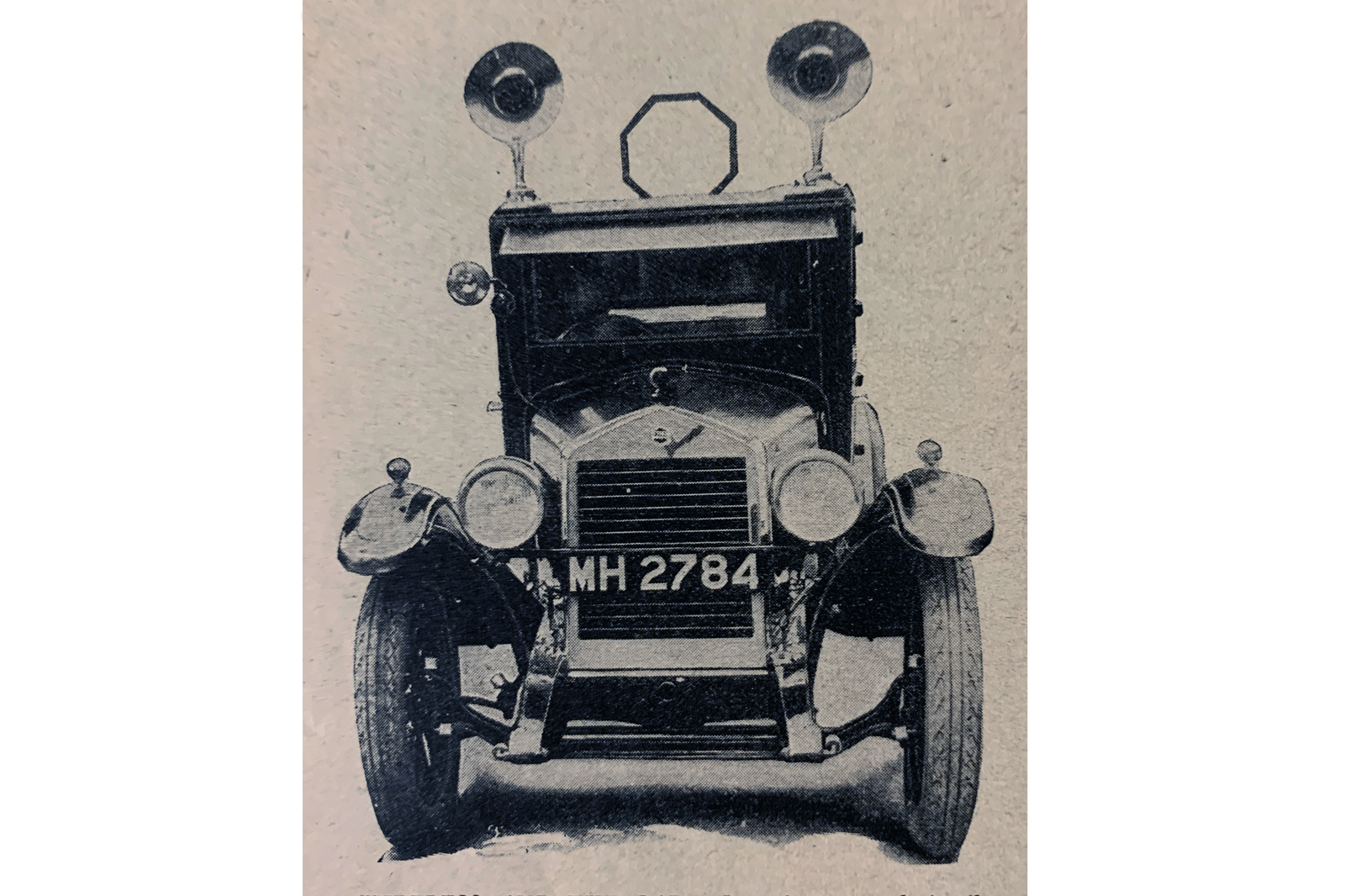
"Nevertheless, for a considerable time, it has been possible to buy a special type of receiver which practically fulfils the ideal specifiaction for a portable receiver. It eliminates all interference, save atmospheric discharges which are still uncurable, but, fortunately, innocuous on most winter and some summer evenings.

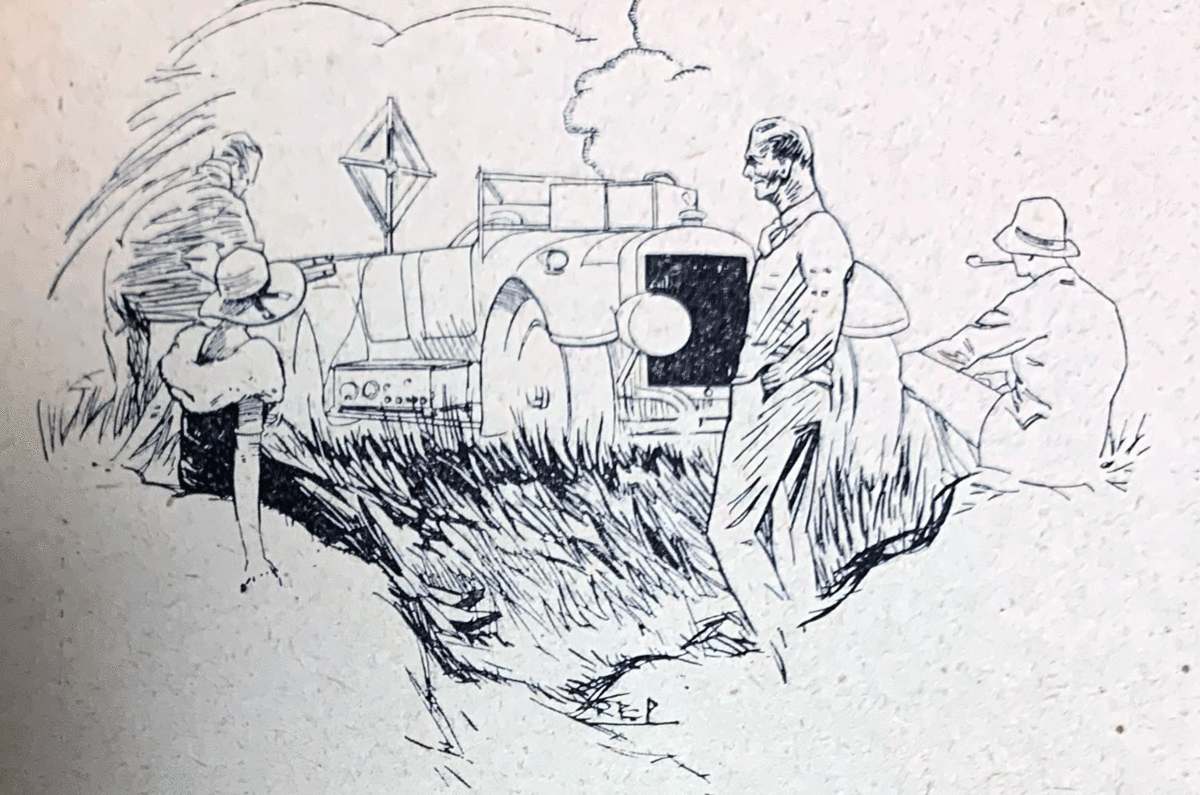
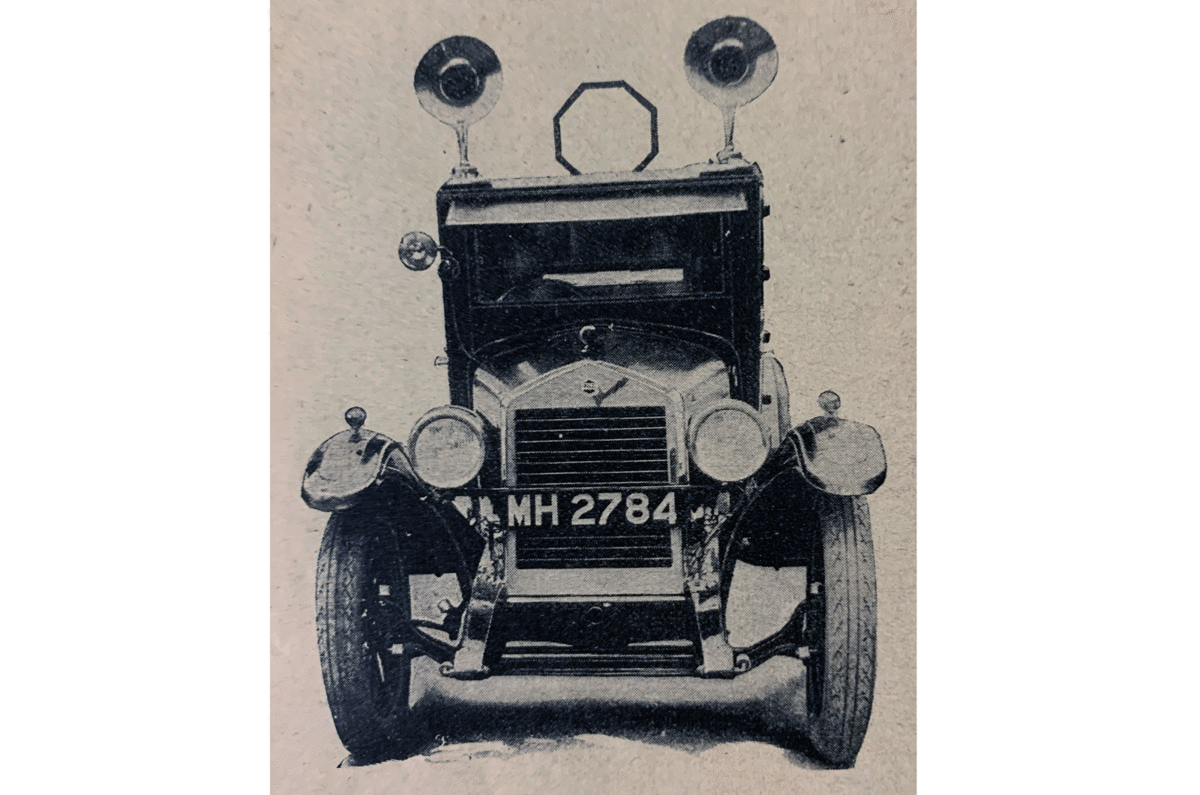
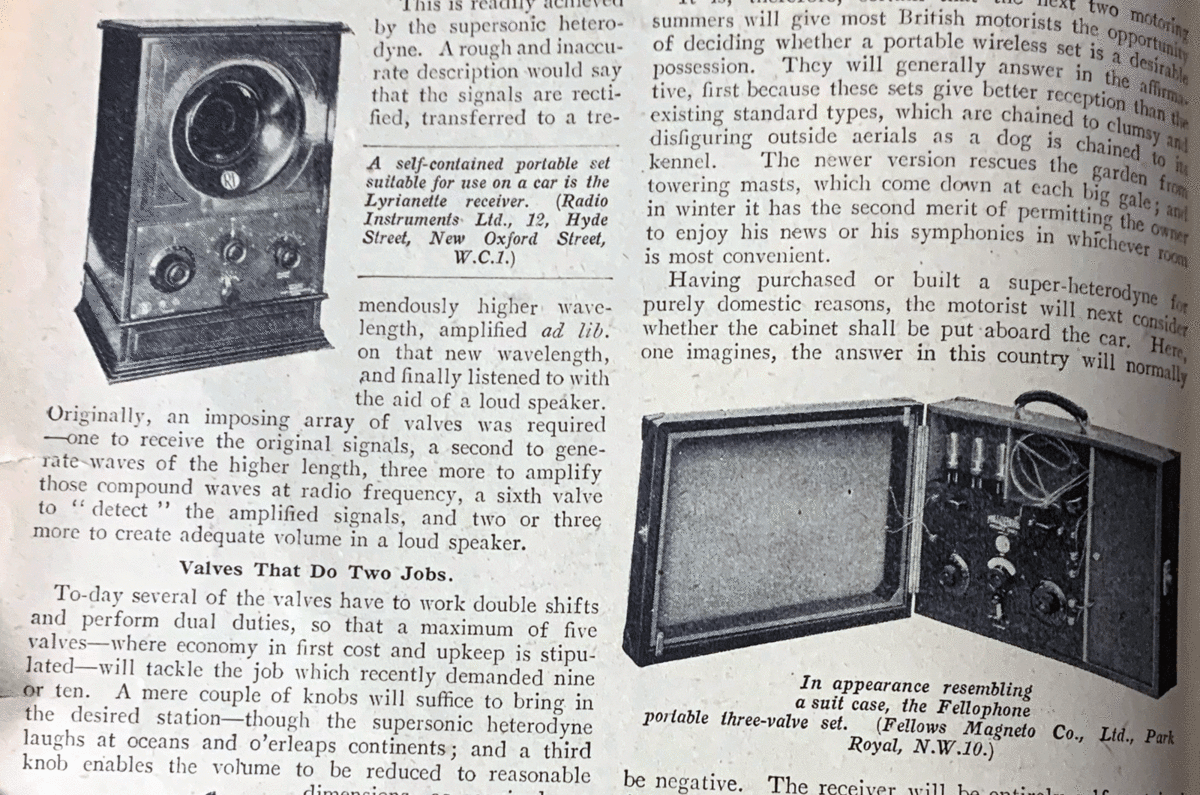
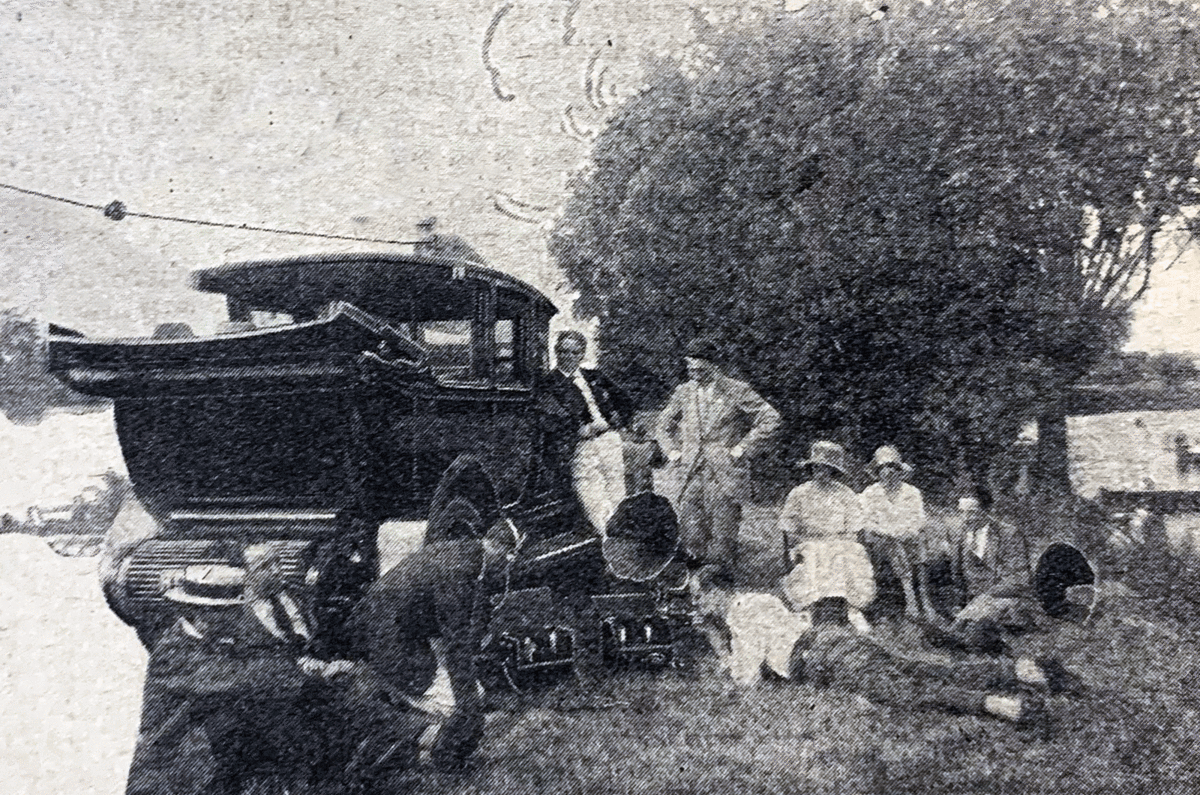
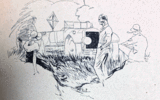
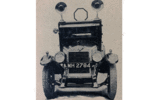
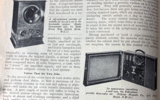




Add your comment